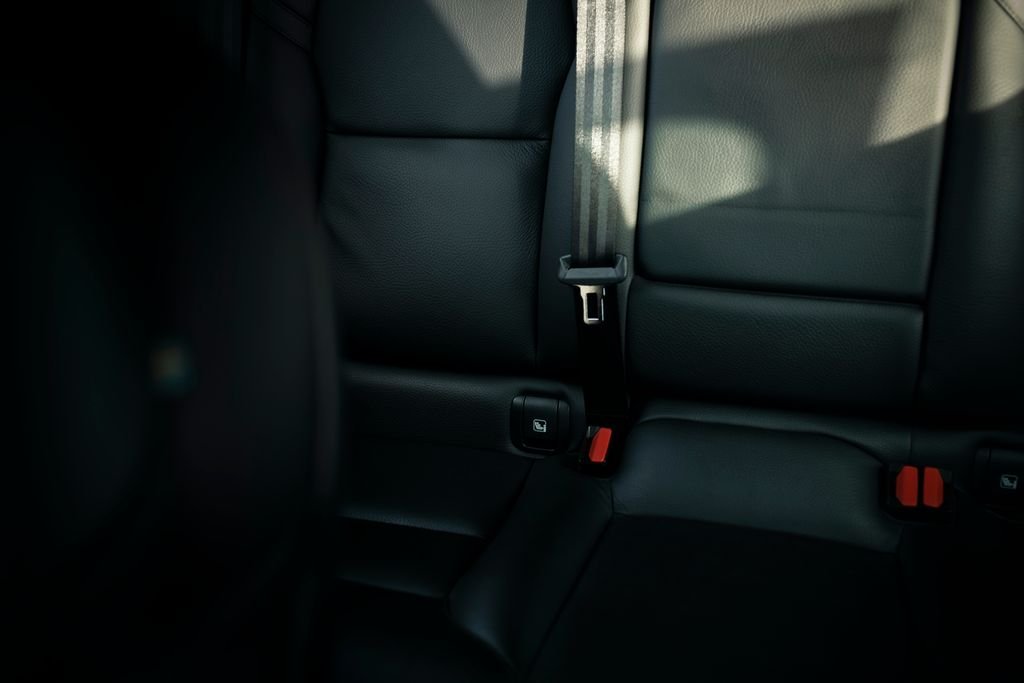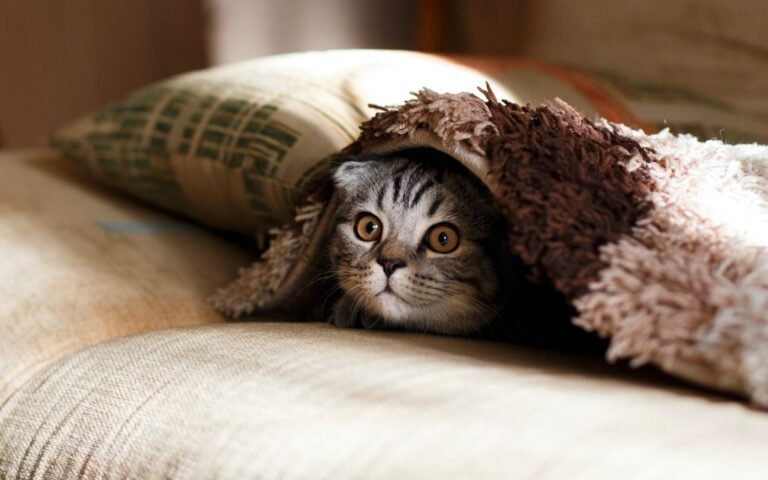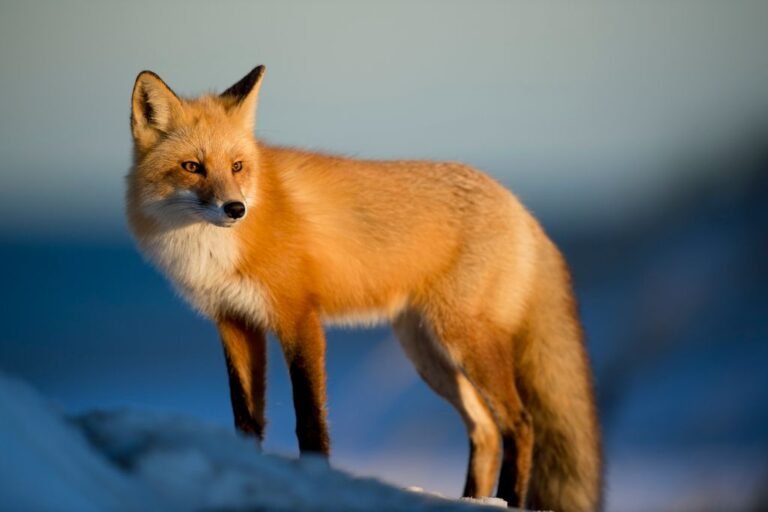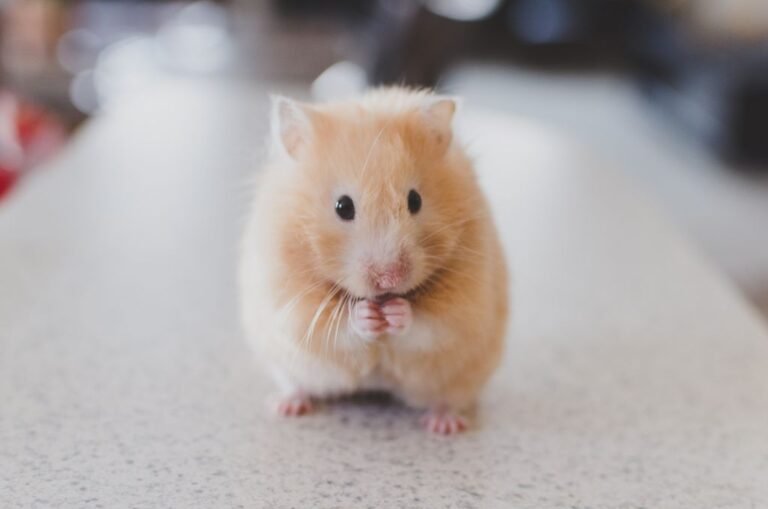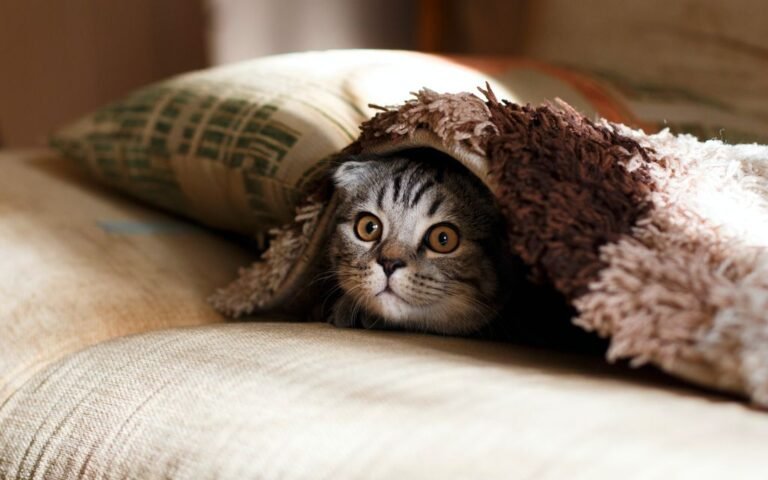Seasonal Safety Tips for Pets: Adapting to Changing Weather and Holidays
As the seasons change and holidays approach, it’s important to ensure the safety and well-being of our furry friends. From extreme temperatures to potential hazards during festivities, there are several factors to consider when it comes to pet safety. In this article, we will explore some seasonal safety tips for pets, including how to identify common hazards, protect them from extreme weather conditions, and create a safe environment during holidays. Here are the key takeaways:
Key Takeaways
- Be aware of common seasonal hazards for pets, such as toxic foods and decorations.
- Take precautions to protect pets from extreme temperatures, including providing adequate shelter and avoiding hot surfaces.
- Prevent accidental poisoning during the holidays by keeping harmful substances out of reach.
- Keep pets warm and cozy indoors during winter months.
- Create a calm environment for pets during festive gatherings and fireworks.
Understanding Seasonal Hazards

Identifying Common Seasonal Hazards for Pets
When it comes to the changing seasons, there are several hazards that can pose a risk to your furry friends. It’s important to be aware of these dangers and take steps to keep your pets safe. One common hazard is the use of certain plants and flowers that can be toxic to pets. Make sure to research which plants are safe for your pets and avoid having any toxic ones in your home or yard. Another hazard to watch out for is the use of certain chemicals, such as antifreeze, which can be deadly if ingested by pets. Keep these substances securely stored away and clean up any spills immediately. Additionally, be cautious of the temperature changes that come with the seasons. Extreme heat or cold can be dangerous for pets, so make sure they have a comfortable and safe environment to stay in. By being aware of these hazards and taking preventative measures, you can ensure the well-being of your beloved pets.
Recognizing the Dangers of Extreme Temperatures
Extreme temperatures can pose serious risks to your pet’s health and well-being. It’s important to be aware of the signs of heatstroke and hypothermia, as well as take steps to prevent these conditions. Monitoring your pet’s exposure to hot or cold weather is crucial in ensuring their safety.
Heatstroke is a life-threatening condition that can occur when a pet’s body temperature rises to dangerous levels. Signs of heatstroke include excessive panting, drooling, weakness, and collapse. Providing shade and fresh water is essential to help your pet stay cool during hot weather. Avoid leaving your pet in a parked car, as temperatures can quickly rise to dangerous levels.
On the other hand, hypothermia can occur when a pet’s body temperature drops too low. Signs of hypothermia include shivering, lethargy, and difficulty breathing. Keeping your pet warm indoors and providing them with cozy bedding can help prevent hypothermia during cold weather.
It’s also important to be cautious of automatic cat food dispensers during extreme temperatures. These devices may malfunction or freeze, leading to a disruption in your pet’s feeding schedule. Make sure to regularly check and maintain the dispenser to ensure your pet receives their meals on time.
Preventing Accidental Poisoning during the Holidays
During the holiday season, it’s important to be aware of potential hazards that could pose a risk to your pet’s health. Accidental poisoning is one such danger that pet owners should take precautions against. Here are some tips to help keep your furry friend safe:
- Store hazardous substances such as cleaning products, medications, and holiday decorations out of your pet’s reach.
- Be mindful of toxic foods that are commonly found during the holidays, such as chocolate, grapes, and onions.
- Avoid using toxic plants like mistletoe and poinsettias as decorations in your home.
It’s also a good idea to familiarize yourself with the top 5 poisonous plants for pets, which include lilies, azaleas, and tulips. By being proactive and taking these precautions, you can ensure a safe and enjoyable holiday season for your pet.
Preparing for Winter

Keeping Pets Warm and Cozy Indoors
When it comes to keeping your pets warm and cozy indoors, there are a few important things to consider. First, make sure to provide a comfortable and warm sleeping area for your pets, such as a cozy bed or blanket. Cats especially love to curl up in warm spots, so consider providing a heated bed or a warm spot near a sunny window. Additionally, it’s important to keep the indoor temperature at a comfortable level for your pets. Cats are sensitive to extreme temperatures, so avoid keeping the house too cold or too hot. If you have a fireplace or space heater, make sure to keep it safely out of reach of your pets to prevent accidents. Finally, don’t forget to provide plenty of opportunities for exercise and play indoors. Cats love to stay active, even in the winter months, so make sure to engage them in interactive play sessions and provide toys to keep them entertained.
Protecting Pets from Cold Weather Conditions
When it comes to protecting your pets from cold weather conditions, there are several important steps you can take. First and foremost, make sure your pets have a warm and cozy indoor space to retreat to. This can be a designated area in your home with comfortable bedding and blankets. Additionally, consider using a pet-safe space heater or heated pet bed to provide extra warmth.
Another crucial aspect of protecting your pets from the cold is to limit their exposure to the outdoors. Cats, in particular, are more susceptible to the cold and may seek shelter in dangerous places, such as car engines or under vehicles. To prevent this, keep your cats indoors during extreme cold weather. If your cat does go outside, make sure they have access to a warm shelter and provide them with extra bedding.
In addition to these measures, it’s important to be mindful of your pet’s paws during cold weather. Ice, snow, and salt on the ground can be harmful to their sensitive paw pads. Consider using pet-safe ice melt and wipe your pet’s paws after being outside to remove any residue. You can also protect their paws by using pet booties or applying a pet-safe paw balm.
Remember, cat care is essential during cold weather conditions. By following these tips, you can ensure your pets stay safe and comfortable during the winter months.
Winterizing Outdoor Pet Areas
When winter arrives, it’s important to take steps to ensure your pet’s safety and comfort in outdoor areas. Cold weather conditions can be harsh and potentially harmful to pets, so it’s crucial to make necessary preparations. Here are some tips to help you winterize your outdoor pet areas:
-
Insulate your pet’s shelter: Provide extra insulation in your pet’s outdoor shelter to keep them warm and protected from the cold. Use materials such as straw or blankets to create a cozy and comfortable space.
-
Check for drafts: Inspect your pet’s shelter for any drafts or openings that could let in cold air. Seal any gaps or cracks to prevent cold drafts from entering.
-
Elevate the shelter: Raise your pet’s shelter off the ground to prevent it from sitting directly on cold surfaces. This will help to keep them warmer and reduce the risk of frostbite.
-
Provide fresh water: Make sure your pet has access to fresh, unfrozen water at all times. Consider using a heated water bowl or regularly replacing the water to prevent it from freezing.
-
Limit outdoor time: During extreme cold weather conditions, it’s best to limit your pet’s time outdoors. Provide them with plenty of indoor exercise and playtime to keep them active and entertained.
Remember, your pet’s safety and well-being should always be a top priority, especially during the winter months. By following these tips, you can help ensure that your outdoor pet areas are winterized and ready to keep your furry friend safe and comfortable.
Ensuring Pet Safety during Summer

Preventing Heatstroke and Dehydration
During the summer months, it’s important to take precautions to prevent heatstroke and dehydration in your pets. High temperatures can be dangerous for animals, especially those with thick fur or short snouts. Here are some tips to keep your pets cool and hydrated:
- Provide plenty of fresh water for your pets to drink throughout the day.
- Create a shaded area in your yard where your pets can escape from the sun.
- Avoid exercising your pets during the hottest parts of the day.
- Never leave your pets in a parked car, as the temperature can rise quickly and become life-threatening.
Remember, it’s important to monitor your pets closely for signs of heatstroke, such as excessive panting, drooling, or lethargy. If you suspect your pet is suffering from heatstroke, seek veterinary attention immediately. By following these tips, you can help keep your furry friends safe and comfortable during the summer months.
Protecting Pets from Sunburn and Hot Surfaces
When it comes to protecting your pets from sunburn and hot surfaces, there are a few important things to keep in mind. First, sunburn can be just as painful for animals as it is for humans, so it’s crucial to take steps to prevent it. This is especially true for pets with light-colored fur or exposed skin. Applying pet-safe sunscreen to areas that are prone to sunburn, such as the nose, ears, and belly, can provide an extra layer of protection.
Second, hot surfaces can cause burns and discomfort for your furry friends. Asphalt, sand, and concrete can heat up quickly in the sun, making it uncomfortable for pets to walk on. To protect their paws, consider using booties or paw wax to provide a barrier between their feet and the hot surface.
Lastly, it’s important to provide your pets with plenty of shade and fresh water when they are outside on hot days. Setting up a shaded area with a canopy or umbrella can help keep them cool and protected from the sun’s rays. Additionally, make sure to keep their water bowl filled with fresh, cool water to prevent dehydration.
Remember, by taking these simple precautions, you can ensure that your pets stay safe and comfortable during the summer months.
Managing Outdoor Activities in High Temperatures
When engaging in outdoor activities with your pet during hot weather, it’s important to take certain precautions to ensure their safety and well-being. Hemp products can be a great option to help keep your pet cool and comfortable. These products, such as cooling mats or vests, are designed to provide relief from the heat and prevent overheating. Additionally, make sure to choose the right time of day for outdoor activities, such as early morning or late evening when temperatures are cooler. It’s also crucial to provide plenty of fresh water for your pet to stay hydrated throughout the activity. Remember to monitor your pet closely for signs of heatstroke or exhaustion, such as excessive panting, drooling, or lethargy. If you notice any of these symptoms, it’s important to immediately move your pet to a cooler area and seek veterinary attention if necessary.
Holiday Safety for Pets

Keeping Pets Safe during Fireworks and Loud Noises
During fireworks and loud noises, it is important for pet owners to take extra precautions to ensure the safety and well-being of their furry friends. The loud sounds and bright lights can be extremely frightening for pets, causing them to become anxious and stressed. Here are some tips to help keep your pets safe during these noisy events:
- Create a safe and secure environment for your pets by keeping them indoors. Close all windows and doors to minimize the noise and prevent your pets from escaping.
- Provide a quiet and comfortable space for your pets to retreat to. This can be a designated room or a cozy corner with their favorite toys and blankets.
- Consider using calming products such as pheromone diffusers or anxiety wraps to help reduce your pet’s stress levels.
- Keep your pets distracted with interactive toys or treats to help divert their attention from the loud noises.
- If your pet is particularly sensitive to loud noises, consult with your veterinarian about possible medications or therapies that can help alleviate their anxiety.
By following these tips, pet owners can ensure that their beloved pets stay safe and calm during fireworks and loud noises.
Avoiding Toxic Foods and Decorations
When it comes to keeping your pets safe during the holidays, it’s important to be aware of the potential dangers that certain foods and decorations can pose. Petkin Hemp products, for example, should be kept out of reach from your pets as they may contain ingredients that can be harmful if ingested. It’s also important to avoid giving your pets any foods that are toxic to them, such as chocolate, grapes, onions, and alcohol. These foods can cause serious health issues and even be fatal to your furry friends. Additionally, be cautious with holiday decorations like tinsel, ornaments, and plants, as they can be tempting for pets to play with but can also be dangerous if swallowed. By being mindful of these hazards and taking necessary precautions, you can ensure a safe and enjoyable holiday season for both you and your pets.
Creating a Calm Environment during Festive Gatherings
During festive gatherings, it’s important to create a calm environment for your pets. The hustle and bustle of parties and celebrations can be overwhelming for them. Here are some tips to help your pets feel safe and relaxed:
-
Prepare a quiet space – Set up a designated area in your home where your pets can retreat to when they need a break from the festivities. This can be a spare room or a cozy corner with their bed and toys.
-
Avoid loud noises – Fireworks and loud music can be frightening for pets. Keep them in a quiet room or use noise-cancelling headphones or earplugs to minimize the noise.
-
Provide familiar scents – Pets find comfort in familiar scents. Consider using pheromone diffusers or sprays that mimic their natural calming scents.
-
Stick to their routine – Try to maintain your pets’ regular feeding and exercise schedule as much as possible. This will help them feel more secure and reduce anxiety.
-
Avoid toxic decorations – Some holiday decorations, such as tinsel and disposable crystal trays, can be hazardous if ingested. Keep these items out of reach of your pets.
Remember, creating a calm environment during festive gatherings is essential for your pets’ well-being and happiness.
Holiday Safety for Pets
Conclusion
In conclusion, it is important to prioritize the safety and well-being of our pets during changing weather and holiday seasons. By following these seasonal safety tips, such as providing adequate shelter and keeping toxic substances out of reach, we can ensure that our furry friends stay healthy and happy. Remember to monitor their behavior and seek veterinary care if needed. With a little extra care and attention, we can make sure our pets enjoy the changing seasons as much as we do.
Frequently Asked Questions
How can I protect my pet from extreme cold temperatures?
You can protect your pet from extreme cold temperatures by keeping them indoors, providing them with warm bedding, and dressing them in appropriate winter clothing.
What are some common seasonal hazards for pets?
Some common seasonal hazards for pets include exposure to extreme temperatures, toxic holiday foods and decorations, and the risk of accidental poisoning.
How do I prevent heatstroke and dehydration in my pet during summer?
To prevent heatstroke and dehydration in your pet during summer, provide them with plenty of fresh water, avoid exercising them during the hottest parts of the day, and provide them with a cool and shaded area to rest.
What should I do to keep my pet safe during fireworks and loud noises?
To keep your pet safe during fireworks and loud noises, create a safe and quiet space for them indoors, close windows and curtains to minimize noise and visual stimulation, and consider using calming aids such as pheromone sprays or anxiety wraps.
Are there any foods and decorations that are toxic to pets during the holidays?
Yes, there are several foods and decorations that are toxic to pets during the holidays, including chocolate, alcohol, certain plants (such as poinsettias), and tinsel.
How can I winterize my outdoor pet areas?
To winterize your outdoor pet areas, provide insulated shelters with warm bedding, ensure access to fresh water that won’t freeze, and consider using heated pet mats or pads.

